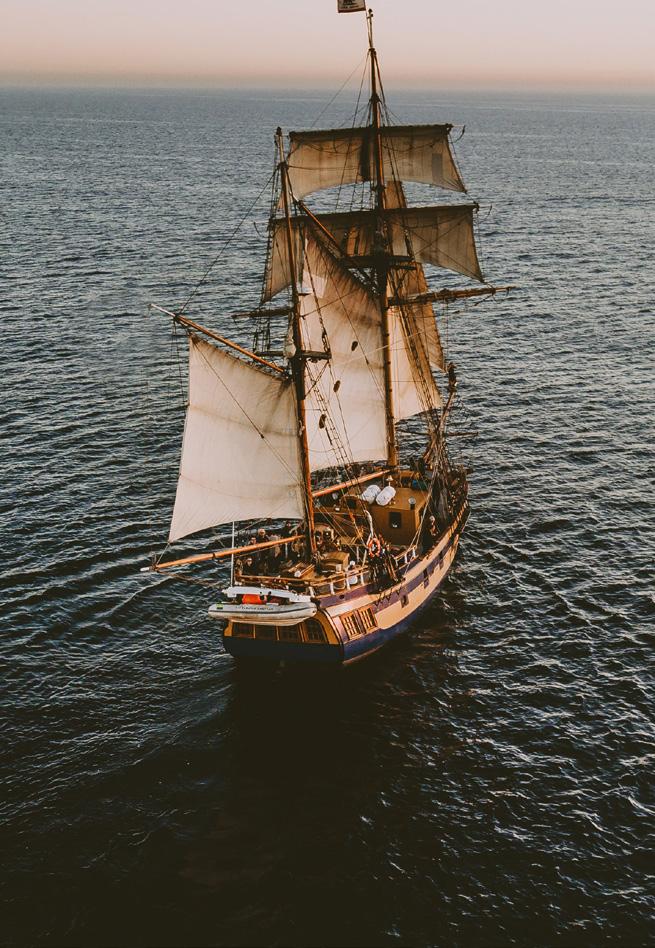
2 minute read
Tea If By Sea, Cha If By Land
PHOTO BY AUSTIN NEILL
HARSHA VENKATASH surfaces striking reports, more-you-knows, and just about any data that can be charted for kicks. So it’s no surprise that for one of his weekly ahas, he pulled one of the more fascinating global guides out of the Quartz archives like a Vespuccian discovery. TEA IF BY SEA, CHA IF BY LAND traipses the globe to track down the reasons why most of the world has just two words for tea. The story becomes a fascinating trek along the intersection of etymology and cartographics. And ultimately, it traces how lines of movement shape language and leave their lingering impact in the ways we encounter expression.
Advertisement

Across most of the world, the story says, only two words are used as the foundation for the hot drink you steep. There’s tea, and there’s cha. So why’s that? In short, both words spread outward from China. But by following the origins of centuries-old trade routes, you’ll find the key: the names that resemble “cha” spread across land, along the Silk Road, while the ones that echo “tea” spread over water, by Dutch traders bringing the novel leaves back to Europe.
Mapping movements as data points, the story charts how languages can be shaped — and how histories can be shared. And with a little creative probing, it suggests, we can consider the connections that travel between ourselves and others we once thought outside of our reach.

